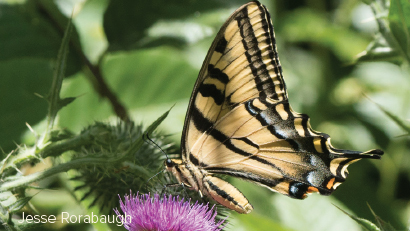Colors
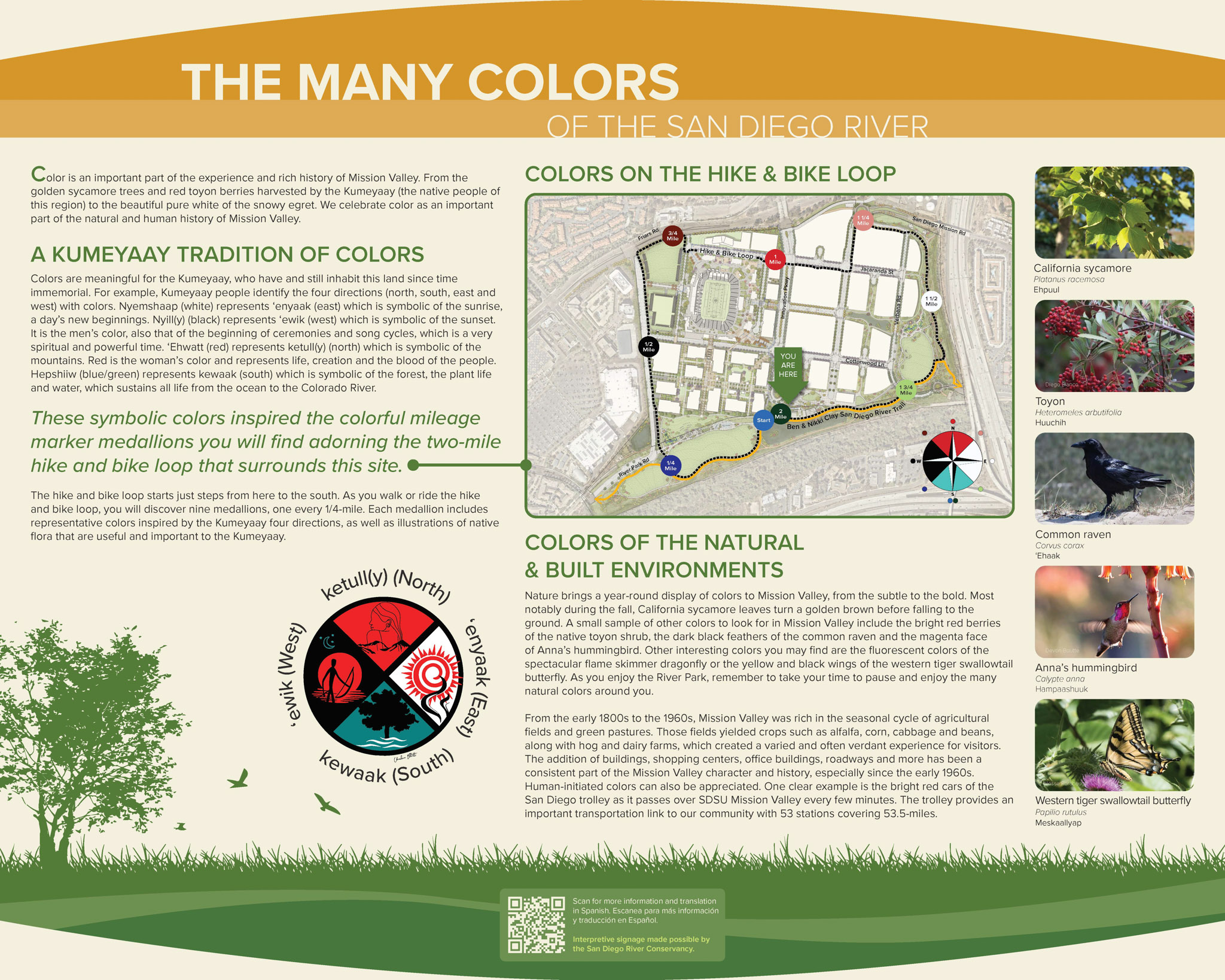
Color is an important part of the experience and rich history of Mission Valley. From the golden sycamore trees and red toyon berries harvested by the Kumeyaay (the native people of this region) to the beautiful pure white of the snowy egret. We celebrate color as an important part of the natural and human history of Mission Valley.
A KUMEYAAY TRADITION OF COLORS
Colors are meaningful for the Kumeyaay, who have and still inhabit this land since time immemorial. For example, Kumeyaay people identify the four directions (north, south, east and west) with colors. Nyemshaap (white) represents ‘enyaak (east) which is symbolic of the sunrise, a day’s new beginnings. Nyill(y) (black) represents ‘ewik (west) which is symbolic of the sunset. It is the men’s color, also that of the beginning of ceremonies and song cycles, which is a very spiritual and powerful time. ‘Ehwatt (red) represents ketull(y) (north) which is symbolic of the mountains. Red is the woman’s color and represents life, creation and the blood of the people. Hepshiiw (blue/green) represents kewaak (south) which is symbolic of the forest, the plant life and water, which sustains all life from the ocean to the Colorado River.
COLORS OF THE NATURAL & BUILT ENVIRONMENTS
Nature brings a year-round display of colors to Mission Valley, from the subtle to the bold. Most notably during the fall, California sycamore leaves turn a golden brown before falling to the ground. A small sample of other colors to look for in Mission Valley include the bright red berries of the native toyon shrub, the dark black feathers of the common raven and the magenta face of Anna’s hummingbird. Other interesting colors you may find are the fluorescent colors of the spectacular flame skimmer dragonfly or the yellow and black wings of the western tiger swallowtail butterfly. As you enjoy the River Park, remember to take your time to pause and enjoy the many natural colors around you.
From the early 1800s to the 1960s, Mission Valley was rich in the seasonal cycle of agricultural fields and green pastures. Those fields yielded crops such as alfalfa, corn, cabbage and beans, along with hog and dairy farms, which created a varied and often verdant experience for visitors. The addition of buildings, shopping centers, office buildings, roadways and more has been a consistent part of the Mission Valley character and history, especially since the early 1960s.
Human-initiated colors can also be appreciated. One clear example is the bright red cars of the San Diego trolley as it passes over SDSU Mission Valley every few minutes. The trolley provides an important transportation link to our community with 62 stations covering 65 miles.
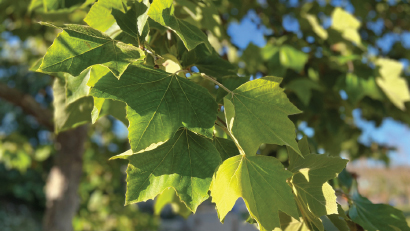
California Sycamore
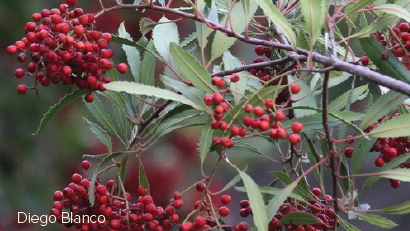
Toyon
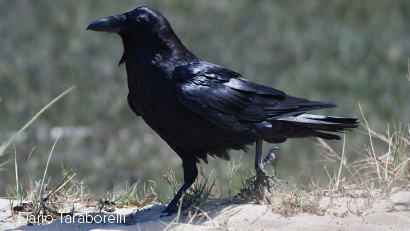
Common Raven
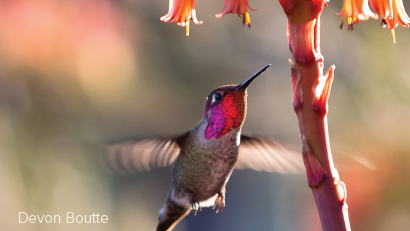
Anna's Hummingbird
